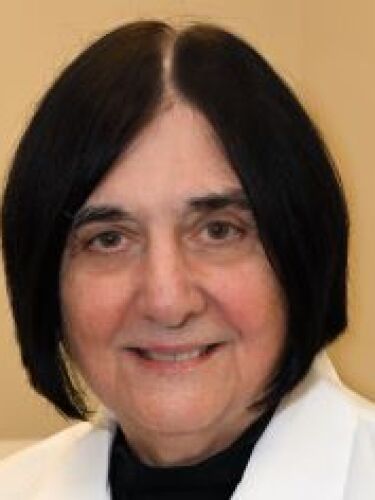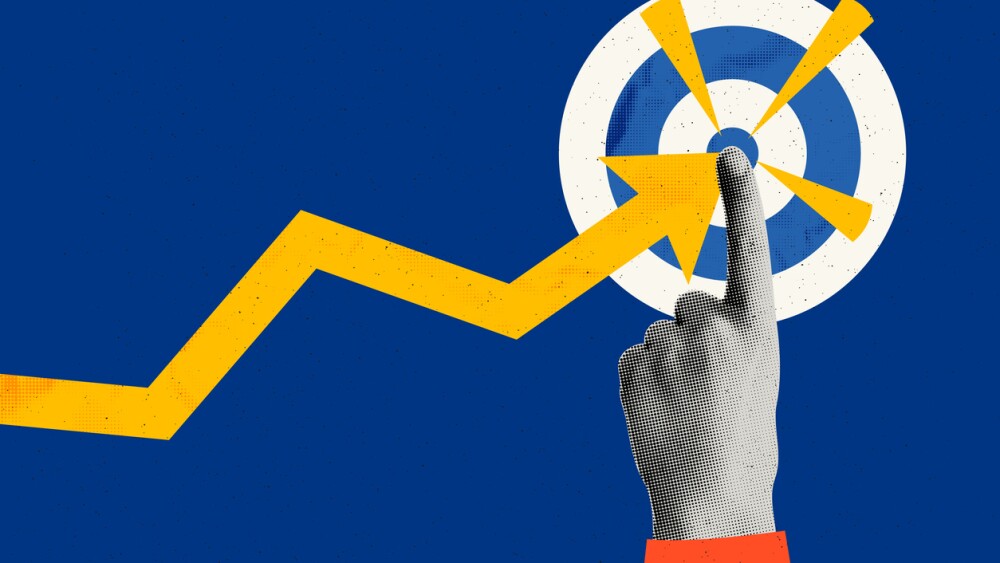The FDA has granted an advisory committee meeting for BrainStorm Cell Therapeutics’ investigational ALS therapy, NurOwn, the company announced Monday.
BrainStorm Co-CEO Stacy Lindborg/courtesy of BrainStorm Cell Therapeutics
Nearly two years after the FDA poured cold water on a potential regulatory bid for BrainStorm Cell Therapeutics’ NurOwn, the investigational ALS therapy will get a public hearing.
The FDA has granted an advisory committee meeting for NurOwn, a proprietary platform made of autologous mesenchymal bone marrow stromal cells secreting neurotrophic factors, the New York - and Tel Aviv - based biotech announced Monday.
In November 2022, the FDA returned a Refuse to File letter in response to BrainStorm’s Biologics License Application for NurOwn. When the FDA denied BrainStorm’s BLA, Stacy Lindborg, Ph.D., co-CEO of BrainStorm, told BioSpace that one item of concern was clinical and statistical, while the others related to manufacturing.
BrainStorm quickly requested a Type A meeting, which was held on Jan. 11, 2023. The company then met with the Center for Biologics Evaluation and Research (CBER) to discuss options to reactivate the BLA.
BrainStorm chose to leverage the FDA’s File Over Protest procedure because it offered the fastest path to an adcomm and regulatory decision.
“Urgency for patients was front and center,” Lindborg said.
A date has not yet been set for the adcomm, but Lindborg expects one soon.
NurOwn’s Challenges
The biggest sticking point for NurOwn has been the data from its pivotal Phase III trial. Topline data showed a placebo response that exceeded those of others observed in contemporary ALS trials. The trial was powered on assumed treatment response rates of 35% on NurOwn versus 15% on placebo.
While NurOwn hit the primary treatment response endpoint, with 34.7% of patients achieving an improvement of 1.5 points per month on the ALS Functional Rating Scale – Revised (ALSFRS-R), the placebo response of 27.7% exceeded those of others observed in contemporary ALS trials.
However, in a pre-specified subgroup of patients with early-stage disease, defined as a baseline score of 35 out of 48 on the ALSFRS-R, 34.6% of NurOwn recipients had a clinically significant response versus 15.6% in the placebo group.
Lindborg pointed to a “floor effect,” which occurs when the scale of measurement is unable to capture the patient’s progression at the bottom end of the scale. Each of the 12 domains on the ALSFRS-R is scored 0–4, and Lindborg said that, eventually, the scale runs out of runway, and some patients hit zero.
“Patients with advanced ALS or people that are declining very rapidly simply just reach the end of the measurement abilities sooner,” she said.
To demonstrate the floor effect, BrainStorm conducted an analysis separating patients who hit zero on the scale from those who did not. The new analysis showed that treatment with NurOwn translated to the preservation of more than two points on the ALSFRS-R after 28 weeks.
“Clearly, the floor effect is real,” Terry Heiman-Patterson, M.D., director of Temple University’s MDA/ALS Center of Hope, who was not involved in the trial, told BioSpace. “And it’s reasonable to do a posthoc analysis removing those [people] who had a floor effect to see if there was really a difference in people who didn’t have a floor effect.”
Heiman-Patterson added that beyond the floor effect, the heterogeneity of ALS challenged the Phase III trial. “Not everyone has the same mechanism operating, so that waters down the effects even more.”
Parallels to Tofersen
Biogen and Ionis’ tofersen, being developed to treat a form of ALS caused by mutations in the SOD1 gene, failed to meet the primary endpoint in the Phase III VALOR trial, but it did show benefit in a subgroup of patients who received the drug earlier.
In a previous interview, Angela Genge, M.D., top recruiter for the tofersen program who was not involved with NurOwn’s studies, told BioSpace the topline Phase III tofersen data did not meet clinical significance because of the ALSFRS-R. The definition of a fast progressor changed between Phase I/II studies and the pivotal VALOR trial, leading to the placebo arm performing better than expected, she said.
An adcomm held March 22 for tofersen supported accelerated approval of the drug on the basis of biomarker data in a 9-0 vote.
While FDA advisers voted that the VALOR data were not enough to conclusively establish the candidate’s effectiveness, the vote was close, at 5-3 with one abstention. This could signal a willingness by the FDA to take subgroup analysis into account in a uniformly fatal disease like ALS.
Support for NurOwn
In December 2022, advocacy group I AM ALS delivered a petition to CBER Director Peter Marks with more than 30,000 signatures requesting a public hearing for NurOwn.
Nicole Cimbura, co-lead of the Legislative Affairs team at I AM ALS, saw the benefits of the therapy firsthand as her husband, Mike, was one of 36 participants in the Phase II trial to receive one infusion. Cimbura told BioSpace that the morning after Mike’s treatment, he felt like he had regained strength and was able to write a note to their children.
“This was huge, as he had lost the ability to grip anything small, like a pen or a fork,” Cimbura said. Over the next 10 to 14 days, the family saw additional improvements, she said. When the trial was unblinded, they learned Mike had received NurOwn.
Heiman-Patterson also had a patient who received NurOwn in the open label extension. Though she cautioned that this individual represents an N of 1, the patient sent her videos showing improvement following treatment and he insisted that he was stable on the therapy.
“This guy’s devastated, because now, there’s no more open label, and he’s starting to change again,” Heiman-Patterson said.
Biomarker Proxies
Biomarkers are gaining traction in neurodegenerative diseases, including ALS. At the tofersen adcomm, FDA advisers voted unanimously that the effect on neurofilament light chain (NfL), a known biomarker of neurodegeneration and axonal damage in ALS, could be a reasonable predictor of clinical benefit in SOD1-ALS.
In NurOwn’s Phase III trial, BrainStorm collected seven samples from every patient in what Linborg called the largest collection of CSF biomarkers in an ALS trial. The data spans markers of inflammation, neurodegeneration and neuroprotection.
Lindborg said these biomarker data demonstrate a similar biological effect in all trial participants, regardless of disease progression at baseline. “NurOwn is lowering markers of inflammation, we’re reducing markers of neurodegeneration and we’re elevating markers of neuroprotection.”
In an October 2022 press release, Lindborg said these findings confirm the importance of accounting for ALSFRS-R floor effects when evaluating NurOwn’s Phase III clinical endpoints.
In another model built to determine which biomarkers were important in understanding NurOwn’s clinical effects, the team identified three biomarkers, including NfL, which Lindborg said was very important in understanding the Phase III clinical outcomes.
After years of famine for ALS patients, it appears the momentum is shifting.
“It will take multiple therapies to make ALS a treatable disease” Cimbura said. “With the recent approval of AMX0035 [Amylyx’s Relyvrio ], review of tofersen … and now NurOwn, we can be on our way to that goal.”








